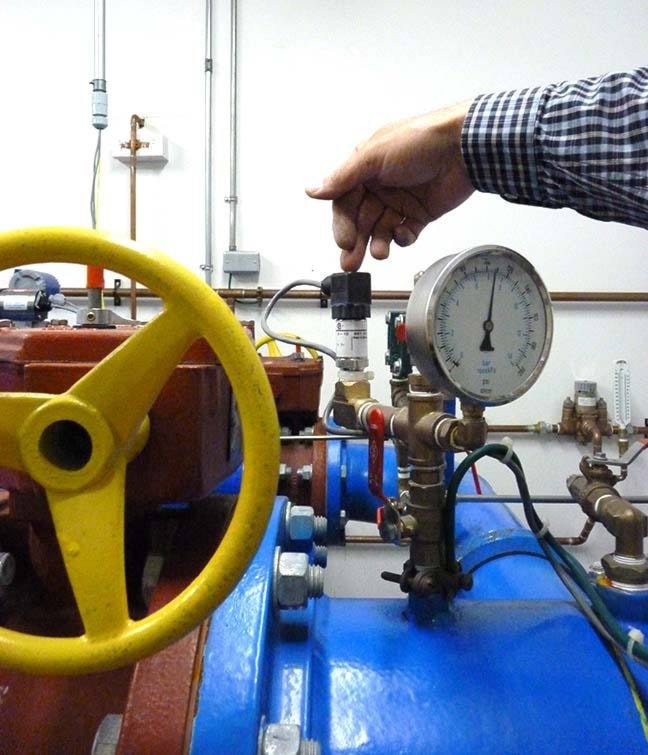I am on a tour of Cranbrook's water system with Director of Public Works Joe McGowan.
We started at Phillips Reservoir, where I learnt why Cranbrook's water is high pressure, then visited pressure reducing stations where the city makes it safe to turn on our taps.
We learnt that the high pressure means Cranbrook's pipes are more prone to ruptures, but that pipes cost so much the city can't afford to repair them all at once.
Joe explained how utilities crews go about narrowing down the biggest problem areas in Cranbrook.
Now the City of Cranbrook utilities crew has worked out where those problem areas are for leaks in the water system – and it's right where they thought it would be, where the city makes the most repairs and the oldest part of town.
But to replace all the pipes in that area would be prohibitively expensive. In fact, it would cost more than $8 million. Without significant federal and provincial government investment, the city must slowly budget a handful of repairs each year, which are done at the same time as roads are replaced above the pipes.
In the meantime the city, along with four companies partnering with it, has come up with a cheap, simple and ingenuous way to cut down on water leakage.
From around 11 p.m. to 6 a.m., when not as many people are using water in their homes, the city is reducing water pressure in Cranbrook's lowest elevation areas, in the valley bottom.
"Most pipes blow at night," Joe explains as we stand in a pressure reducing station near downtown Cranbrook, looking over some big blue pipes, and small gizmos perched on top of them.
"If there is a weakness in the pipe and the circumstances are right, there is going to be a hole. We have to reduce the pressure so the water won't find that weakness."
If everyone turns on the taps in their homes at the same time, water rushes down the pipes faster, which creates more friction in the pipe and the pressure drops on its own.
At night, with fewer people turning on those taps, the pressure goes up on its own.
Until recently, the city has kept pressure reduction fairly steady. As long as the pressure is within the normal range of 42 to 65 psi, the water was left alone.
But now, to reduce the risk of breakage on pipes with lots of weak points, the city is dropping the pressure at night to reduce the amount of water going through the system.
"What we are doing is setting it up to be automatic so that at a particular time of the day we can change the pressure," says Joe. "It will reduce the wear and tear on the pipes."
It's a cheap fix — all that needs to be added is a $3,000 solenoid valve, an electronic controller that connects to the city's remote water monitoring software, SCADA.
"By reducing the pressure at night, our pipes are under less stress," says Joe. "The leaks that exist will be sending out less water."
The city started this new program overnight on Wednesday, May 29. Homes in the valley bottom in Cranbrook – north of Baker Park – will still see water pressure at all times above 42 psi, and the pressure will be more stable, rather than going up and down depending on season and time of day.
Yet less water will be leaking out of the system, and there will be fewer breaks in the pipes.
"With our incredible infrastructure deficit, this buys us time, and the cost is so minuscule that once people know how small scale it is, we expect it will become mainstream," says Joe.
Cranbrook's situation, built on a hill with a reservoir at a high point and the community below, is not unique. Any town in this position can follow Cranbrook's lead, Joe says.
"Every community that is built on a hill has pressure reducing stations and valves, so they can do what we have done here.
"We are trying to include up-to-date technology, but it's simple stuff. We are not creating the wheel. We are taking simple concepts and applying them to existing facilities."
